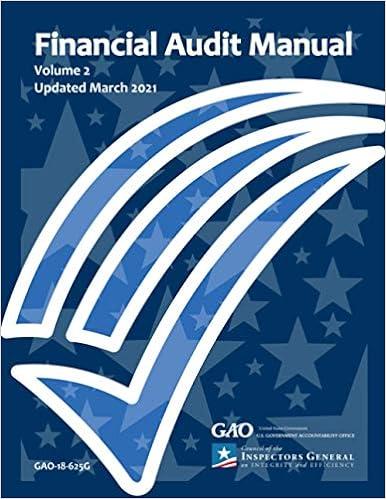QUESTION 1 According to Vygotsky, what is "the zone of proximal development"? O a. The difference between what a child does alone and what the child does with help. O b. The difference between what a child knows and what the parents know. O c The difference between the words a child uses and the words the child understands Od. The difference between what the child can do and what the child hopes to do. QUESTION 2 Jane Goodall spent years observing chimpanzees in the wild. What was her technique? O a. A single-blind experiment O b. A correlational study O C. Naturalistic observation O d. A double-blind experiment QUESTION 3 According to gate theory, distraction relieves pain by doing what? O a. It inhibits transmission of messages in the spinal cord. Ob. It prevents the person from scratching the damaged area. O c. It hyperpolarizes pain receptors on the skin. O d. It blocks the release of endorphins in the brain. QUESTION 4 What did Edward Titchener call his attempts to understand the components of mental experience? O a. Behaviorism O b. Individual psychology OC Psychoanalysis O d. Structuralism QUESTION 5 Which lobe of the cortex processes touch, pain, and awareness of body location? O a. Frontal O b. Temporal O c. Parietal O d. Occipital > QUESTION 6 What is an operational definition? O a. A definition in terms of synonyms and antonyms b. A definition that explains the origin of the word O c A definition that explains the scientific causes of something O d. A definition that states how to produce or measure something QUESTION 8 What is the behavioral effect of anxiolytic drugs? O a. Sensory distortions b. Relaxation O c. Social withdrawal Od. Increased attention QUESTION 9 What causes the flow of the action potential? O a. The movement of ions across the membrane Ob. The flow of water down the center of the axon O c. Electrical conduction on the myelin that surrounds the axon O d.The synthesis of neurotransmitters QUESTION 10 Someone who believes that all behaviors have a cause follows which philosophical position? O a. Hereditarianism b. Monism O c. Determinism d. Dualism QUESTION 11 How can we explain many optical illusions? O a. It is easier to move the eyes vertically than horizontally O b. For many people, one eye is dominant over the other one. O c. An object might appear to be closer or farther than it really is. O d. Light rays get distorted as they pass through the eyeball











